 PLCategory
PLCategoryCategory
- All
- Interesting Places
- Monuments
- Museums
- Theaters
- Default
- Title
- Date
- Random
-
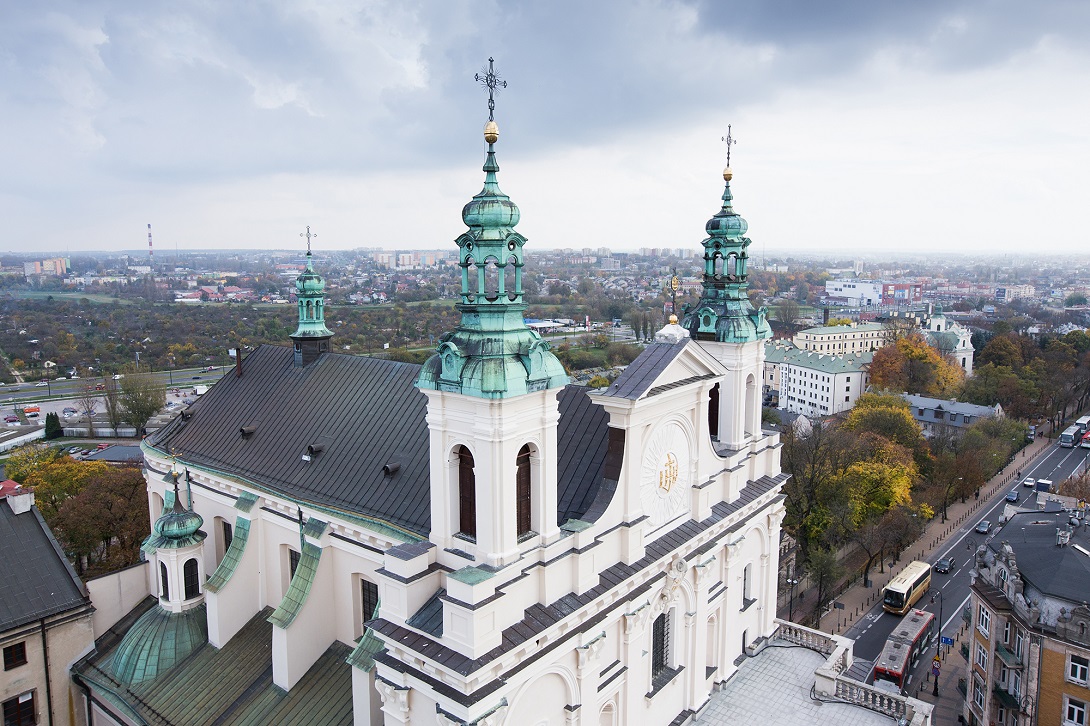
Lublin Archcathedral
The Renaissance and Baroque church was built between 1586 and 1625 for the Jesuits, based on the design of the Roman Il Gesu church. The aisle, of impressive size, is surrounded by side chapels. A classical portico with columns designed by Antonio Corazzi was added to the church in 1824. The vault of the archcathedral is decorated with a trompe l’oeil polychrome. Other elements worth seeing include a unique “acoustic” sacristy and the underground section with tombs of honoured church officials.
Address: 10 Królewska Street
Website: archikatedra.kuria.lublin.pl- Monuments
-
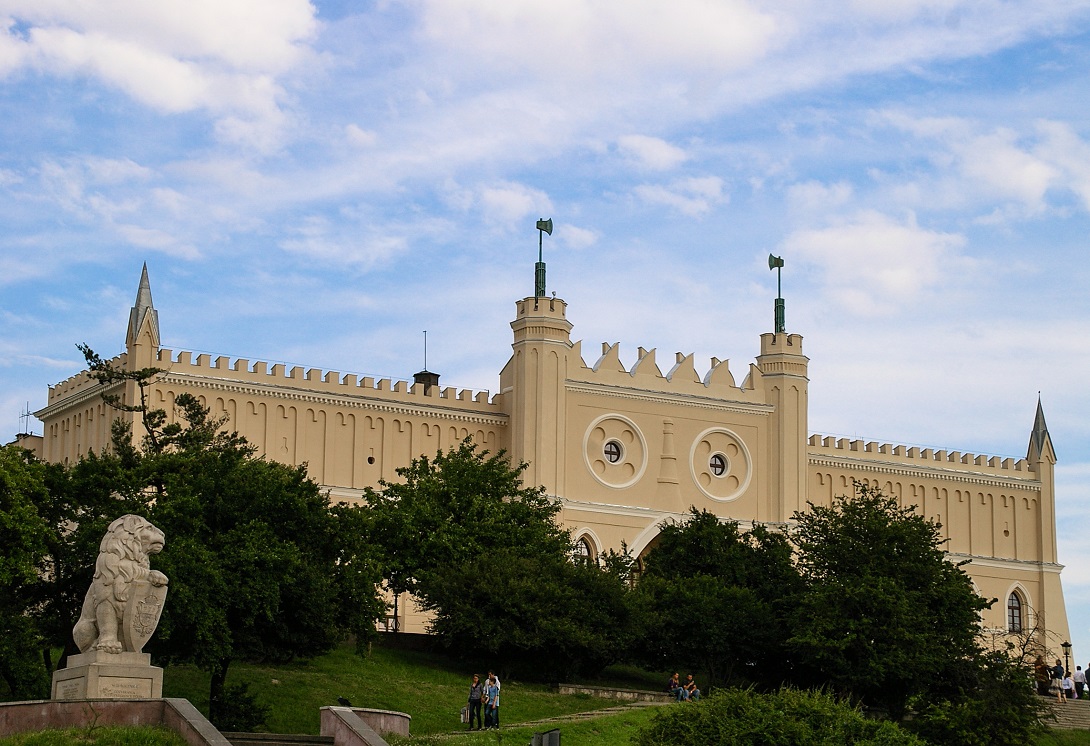
Lublin Castle
The hill situated at the confluence of the rivers Bystrzyca and Czechówka and surrounded by pools was hard to conquer. The natural assets of this location determined that an early-medieval fortified settlement was erected here, probably as early as the 6th century. The Gothic castle was built on the hill in the 1st half of the 14th century by Casimir the Great. In 1569, the castle was the venue of the parliamentary session that led to the signing of the Polish-Lithuanian Union of Lublin. In the 17th century, as a result of wars, the castle was destroyed and finally demolished in the 18th century. From the entire castle complex only the 13th-century Romanesque tower, known as Donjon, the Gothic chapel of the Holy Trinity and a section of the Gothic tower, known as the Jewish Tower, have survived to this day.
In the years 1824-1826, at the initiative of S. Staszic and according to the design of S. Stompf, a new English Gothic Revival style building was erected on the hill to serve as a prison of the Congress Kingdom. It was the prison for 128 years.
Address: 9 Zamkowa Street
Website: www.muzeumlubelskie.pl- Monuments
-
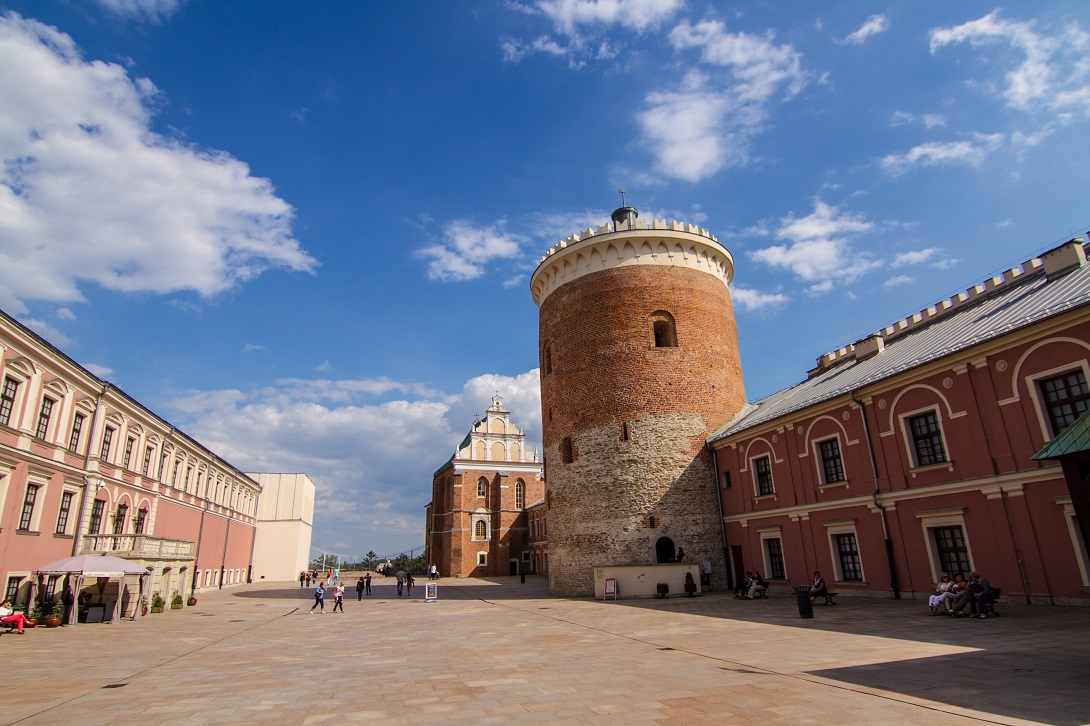
The Keep
The tower of Lublin Castle on the southern slope of the hill was built in the 13th century for defence and residential purposes. It is a valuable monument of Romanesque art, one of the oldest structures on Lublin ground, and the oldest fully preserved monument of brick architecture in Lublin.The Keep has three above-ground levels, and its wall is almost three-and-a-half metres thick. Seen only from the utside until recently, since the summer of 2012 it has been open to visitors. Whoever manages to climb the irregular stairs, with a difference in level of approx. 30 m, may take a look at the city from the viewing area at the top of the Keep.
Address: 9 Zamkowa Street
Website: www.muzeumlubelskie.pl- Monuments
-
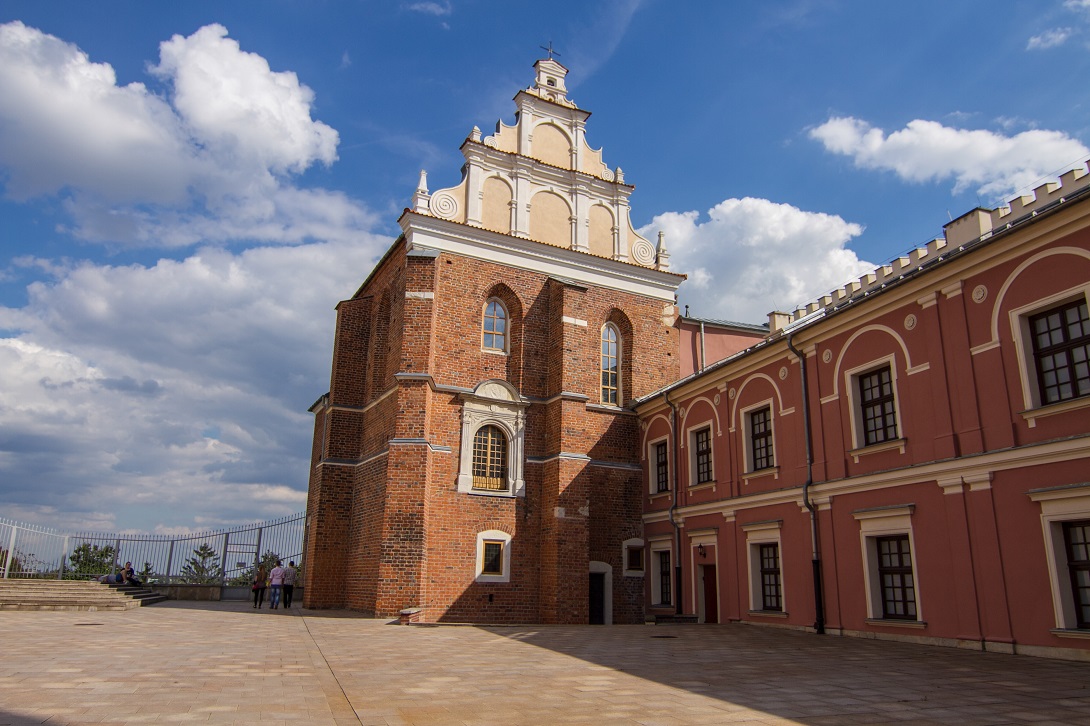
The Trinity Chapel
The Trinity Chapel at Lublin Castle is one of the most valuable monuments of medieval art, not only in Poland but in the whole of Europe. It has received the European Heritage Label.The chapel was erected by king Casimir the Great, and its interior is still embellished with magnificent Byzantine-Ruthenian frescos founded by king Władysław Jagiełło. It is a testimony to trans-cultural diffusion between the East and the West, unique at a European scale, with the Roman Catholic church being decorated with images of fathers of the Eastern Orthodox Church.
Address: 9 Zamkowa Street
Website: www.muzeumlubelskie.pl- Monuments
-
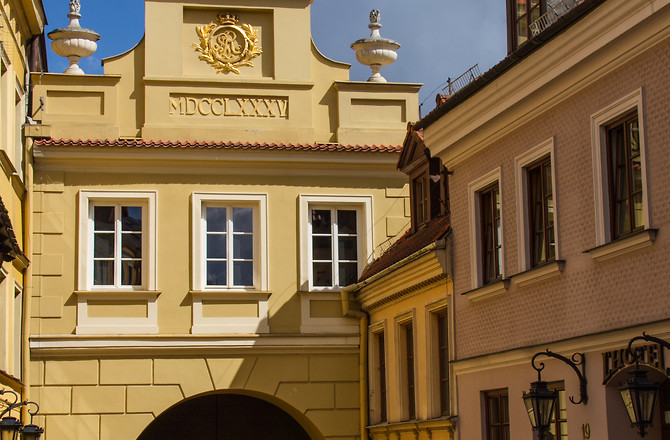
Grodzka Gate
In the past, it guarded a passage in the city’s curtain walls. It was also a link between the Christian and Jewish towns, therefore it was often referred to as “the Jewish Gate”. Originally, the structure was quadrilateral-shaped, bore a dome and featured a subsequently added foregate (like the Krakowska Gate). At the end of the 18th century, upon the instruction of the Good Order Committee (Boni Ordinis), it was remodelled in the Neoclassical style and its defensive features were removed.
Address: 21 Grodzka
Website: teatrnn.pl- Monuments
-
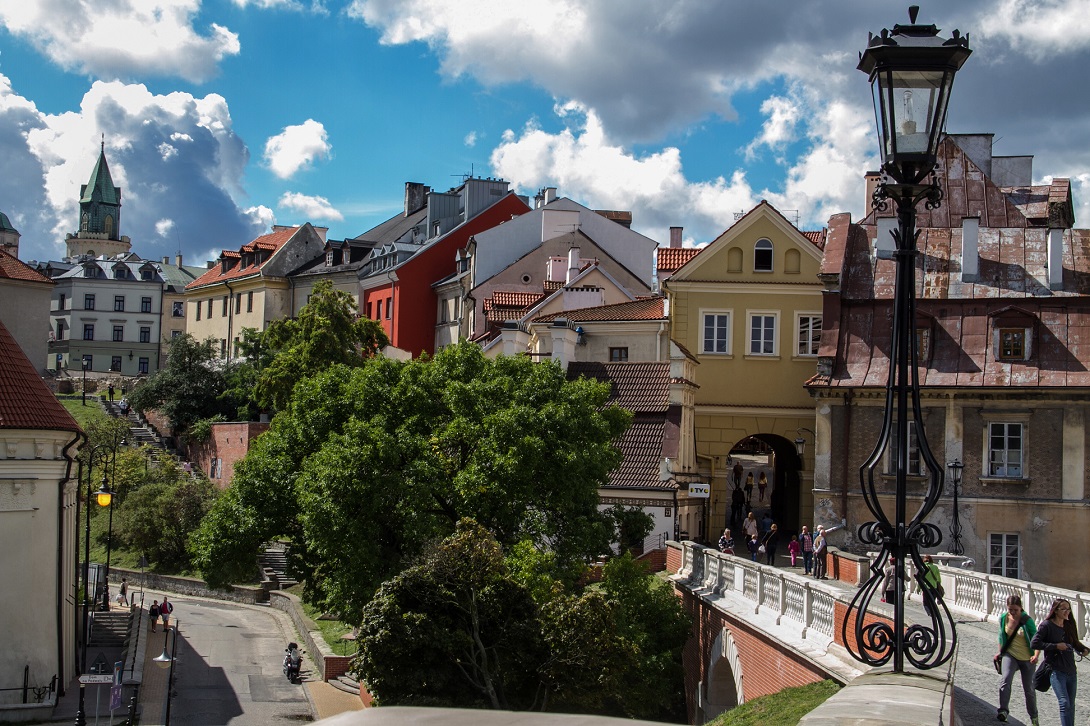
Old Town
Lublin’s Old Town is one of the most beautiful places of its type in Poland. It has a medieval urban structure and highly ornamented historical houses, with those from the Renaissance attracting particular attention, e.g. the Konopnic family House at 12 Rynek, the Klonowic family house at 2 Rynek, or the Lubomelski family house at 8 Rynek. What is so special about the Old Town is its authenticity and climate of centuries past. Entrance to this magical place is guarded by the old Cracow Gate (Brama Krakowska) – one of the city’s signature feats of architecture, built in the 14th century along with the defensive wall.
- Monuments
-
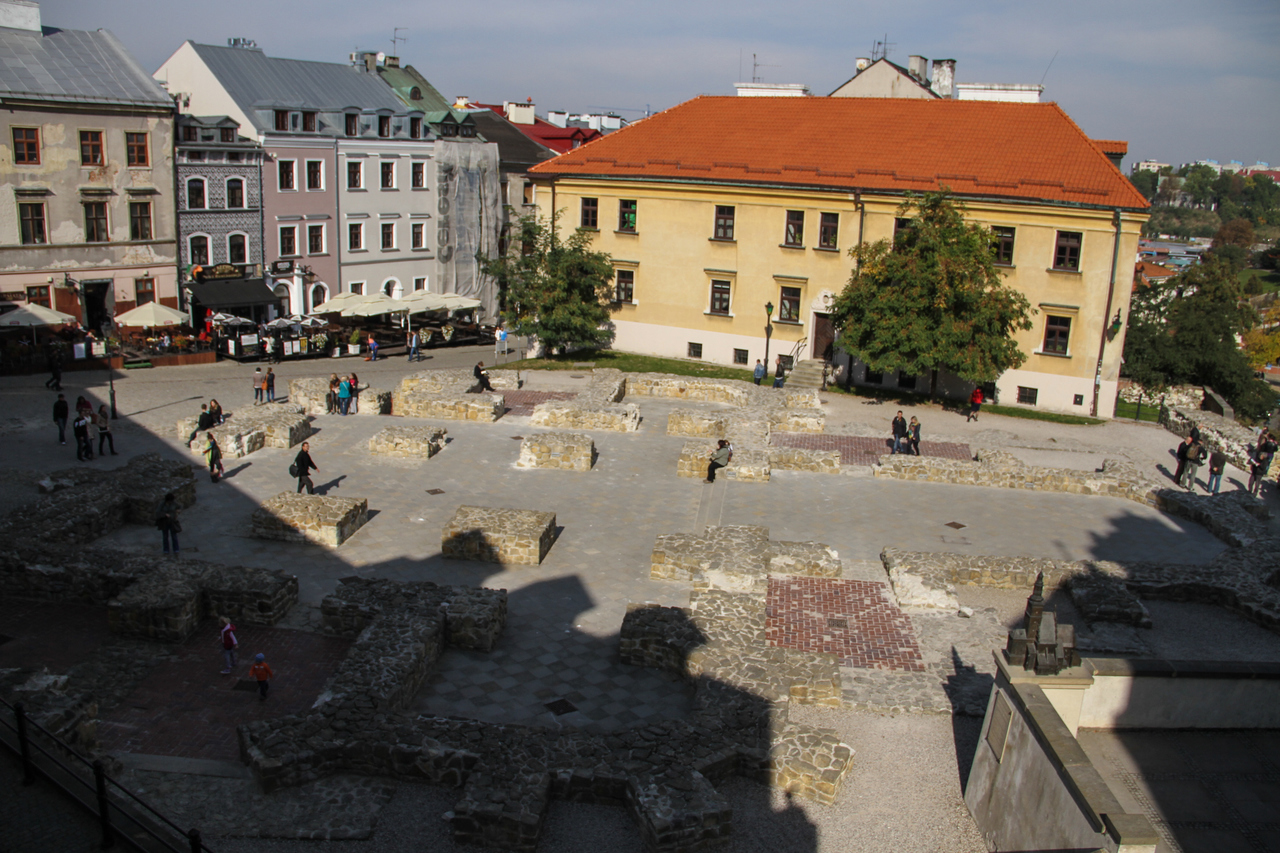
Old Parish Square
The name of the square refers to the first parish church of St Michael the Archangel erected within the city walls, known as ‘Fara’. According to historic sources, it was erected in the 13th century by Leszek the Black in gratitude for the victory over the Yotvingians. In the 15th century, at the western side, a massive tower was added, visible 5 miles from Lublin. Due to the poor technical condition of the building, the parish was demolished in 1857 upon the instruction of Albertow, the Governor of Lublin. A significant part of the church's furnishings were transferred to the contemporary cathedral, today's Archcathedral of Lublin. A mock-up model of the church and a reconstruction of its foundations can be seen in Old Parish Square. It is a result of revitalisation works conducted at the beginning of the 21st century.
Address: 18 Grodzka Street
- Monuments
-
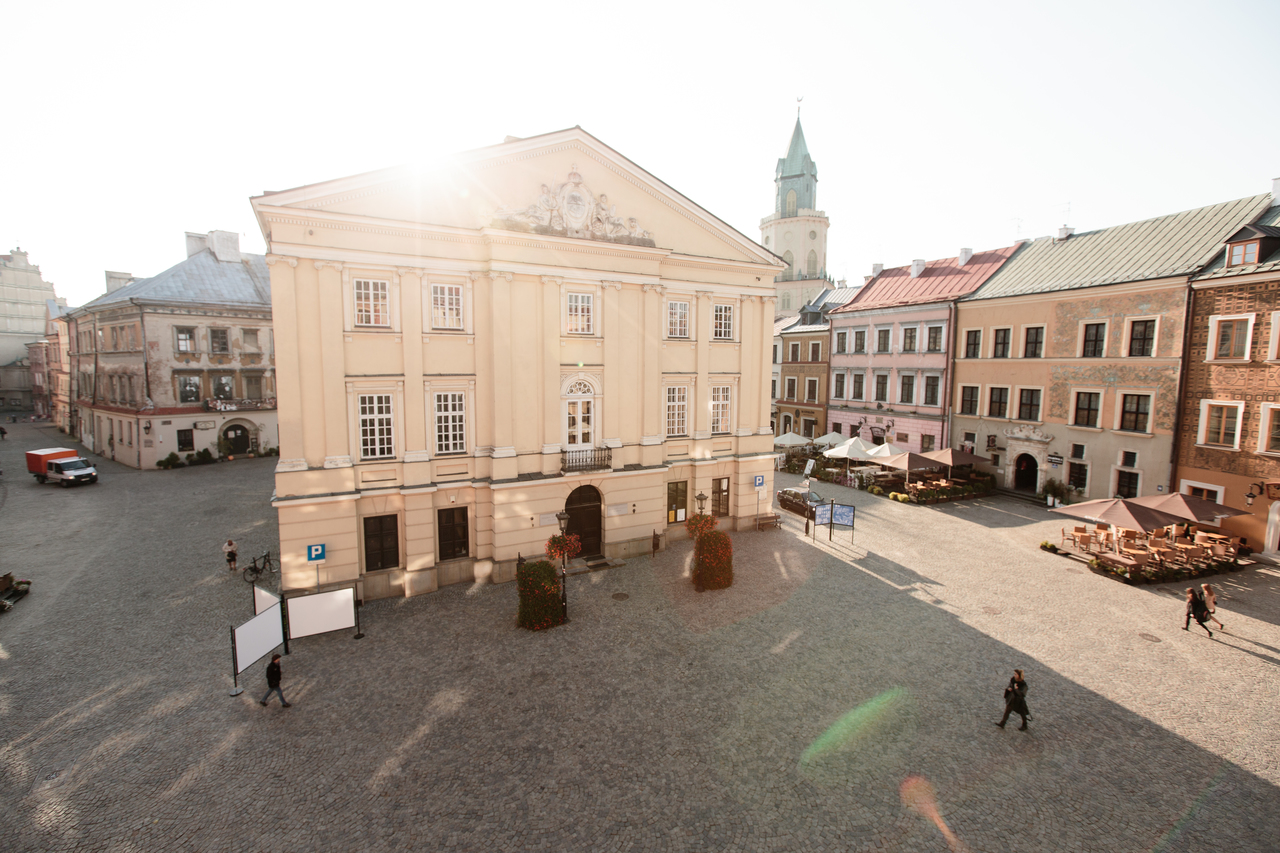
Polish Tribunal
In the middle of the Old Town Market Square, there is a building of the Polish Tribunal – today the seat of the Registry Office. The Tribunal was created in Lublin in 1578, and was the court of highest instance for noblemen from the Małopolska region. One of Lublin’s most famous legends is connected with the Tribunal. Legend has it that a “devil’s trial” took place there in 1637 regarding a dispute between a poor widow and a rich nobleman. This resulted in a fairer ruling than that entered by corrupt judges. As a proof of devil’s intervention, there is “devil’s hand” burnt in the table, preserved to this day – it can be seen in the hallway of the Lublin Museum at the castle.
Address: 1 Rynek Street
- Monuments
-

Basilica of the Dominicans
This basilica is one of the most valuable religious buildings in Lublin. The church and monastery were founded in 1342 by King Casimir the Great. After the Union of Lublin was signed, a thanksgiving mass was held there in 1569, with the participation of King Sigismund Augustus. Even then, the church enjoyed international fame as a place keeping some of world’s largest relics of the Holy Cross. A number of astonishing and miraculous events are connected with the presence of the relics. Legend has it that a procession with the reliquary saved the city from a tragic fire in 1719. Unfortunately, after being kept in the church for centuries, the relics were stolen in 1991. Lublin’s monastery complex of the Dominicans bears the European Heritage Label. It is almost fully available for sightseeing, including a painting gallery and the monastery treasury.
Address: 9 Złota Street
Website: lublin.dominikanie.pl- Monuments